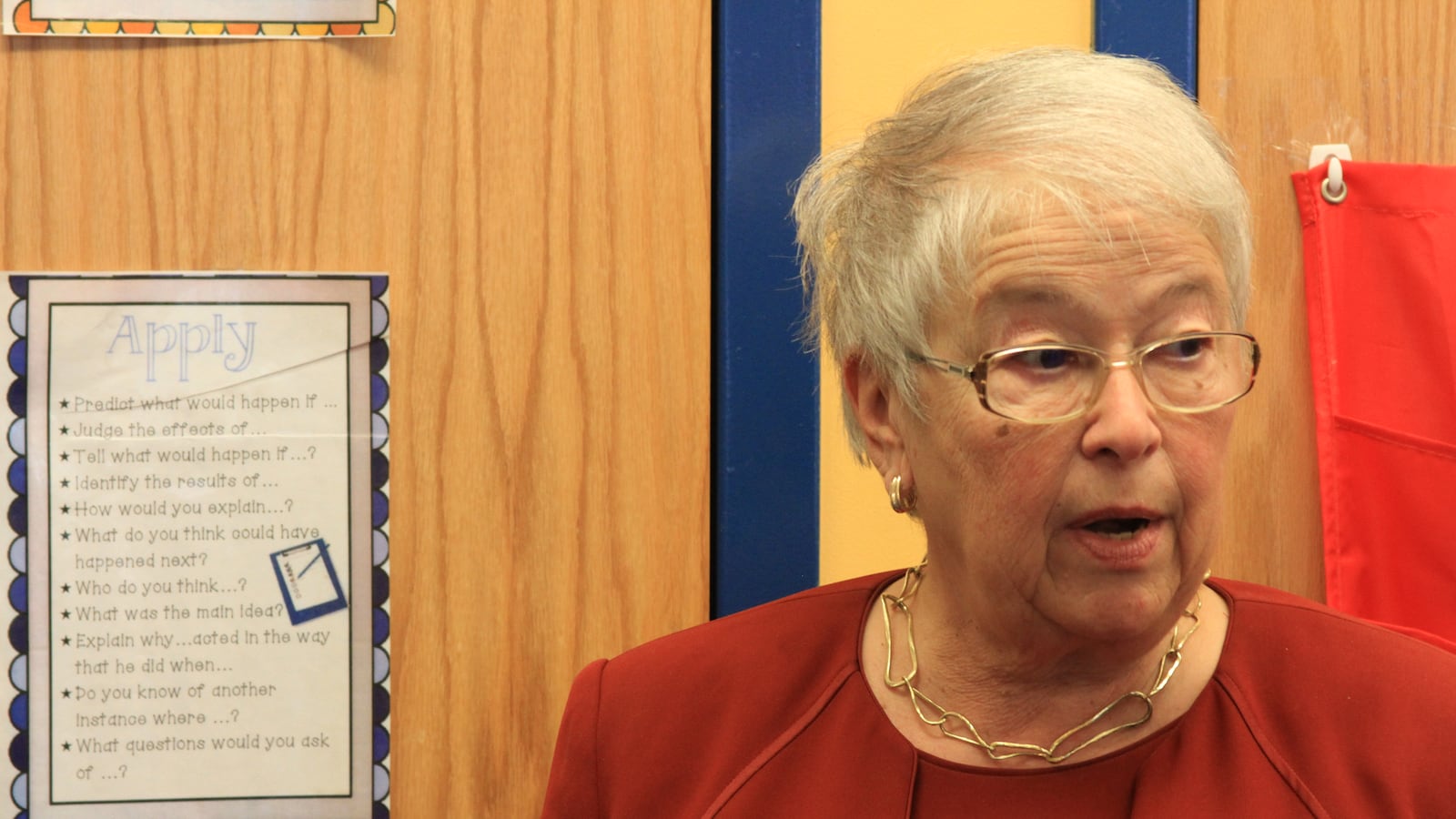In the wake of a school shooting in Florida that left 17 people dead, New York City schools Chancellor Carmen Fariña reassured families on Thursday that the city’s schools are safe and encouraged educators to talk about what happened.
“Within our classrooms, I have asked educators to engage in the challenging questions and conversations about tragedies like this one,” Fariña wrote in a letter. “As an educator who has always strived to help children grow, succeed, and live out their potential, what happened yesterday cut me to the core.”
Fariña said that the education department “works in lockstep” with the police department to keep schools safe, and that all schools are required to conduct safety drills — including one between Feb. 2 and March 15. Following the shooting in Florida, principals will be expected to review their schools’ safety plans with their staffs.
A city education department spokeswoman added that schools must conduct four lockdown and eight evacuation drills throughout the year. School staff also receive annual training on safety protocols, she said.
In her letter, Fariña said she asked teachers and other school staffers to talk to students and their families about why schools are conducting the safety drills.
“It is important that we have these conversations at school and at home, and to always remind our children that they are safe in our schools and that we will do everything within our power to keep it that way,” she wrote.
New York City Mayor Bill de Blasio wrote on Facebook on Wednesday that he was “heartbroken” by the shooting in Florida, and that every school shooting is “a tragic reminder that it’s way past time for change.” In a speech before the shooting, de Blasio announced a push for “rapid-response lesson plans” connected to current events.
Police said Nikolas Cruz, a 19-year-old who had been expelled from Marjory Stoneman Douglas High School in Parkland, Florida., showed up around dismissal time with an AR-15 rifle and opened fire. Victims included students and staff. The authorities charged Cruz with 17 counts of premeditated murder on Thursday.
President Donald Trump addressed the situation on Thursday, emphasizing Cruz’s apparently troubled past and calling the deaths a “scene of terrible violence, hatred and evil.” His education secretary, Betsy DeVos, called for congressional hearings on school shootings. Former President Barack Obama weighed in on Twitter, calling for stricter gun control laws.
New York has avoided similarly deadly shootings in recent years. According to the gun-control advocacy group Everytown for Gun Safety, there have been no fatal school shootings in the state since 2013 — the year state officials passed the SAFE Act that banned certain assault weapons, including the AR-15. The law was passed in the wake of a school shooting at Sandy Hook Elementary School in Connecticut, which left 26 people dead — including 20 children.
“The SAFE Act didn’t affect sportsmen, hunters or legal gun owners — but it reduced the risk to our children, to our families and to our communities,” New York Gov. Andrew Cuomo said in a statement on Thursday.
While at least one New York lawmaker wants to post armed guards at schools as a response to school shootings, it is unlikely Wednesday’s shooting will dramatically change the city’s safety debate.
In New York, conversations about school safety in recent years have revolved around discipline policies and metal detectors, among other issues (though police have seized an increasing number of weapons from city schools).
Suspensions have sharply declined as Mayor Bill de Blasio has made it harder for teachers to suspend students, instead calling for them to mediate conflicts between students. While some educators welcome that so-called “restorative” approach to discipline, others say it has invited misbehavior.
Advocates have also pushed city officials to reduce the number of metal detectors deployed, arguing they are disproportionately located in schools that primarily serve low-income students of color and send students a message that they are dangerous.
Those advocacy efforts cooled somewhat after a student was stabbed to death by a classmate in a Bronx high school last September — the first time a student was killed by a peer inside a school in more than two decades. It is not clear to what extent Wednesday’s shooting will affect the debate about the city’s metal detector policies.

